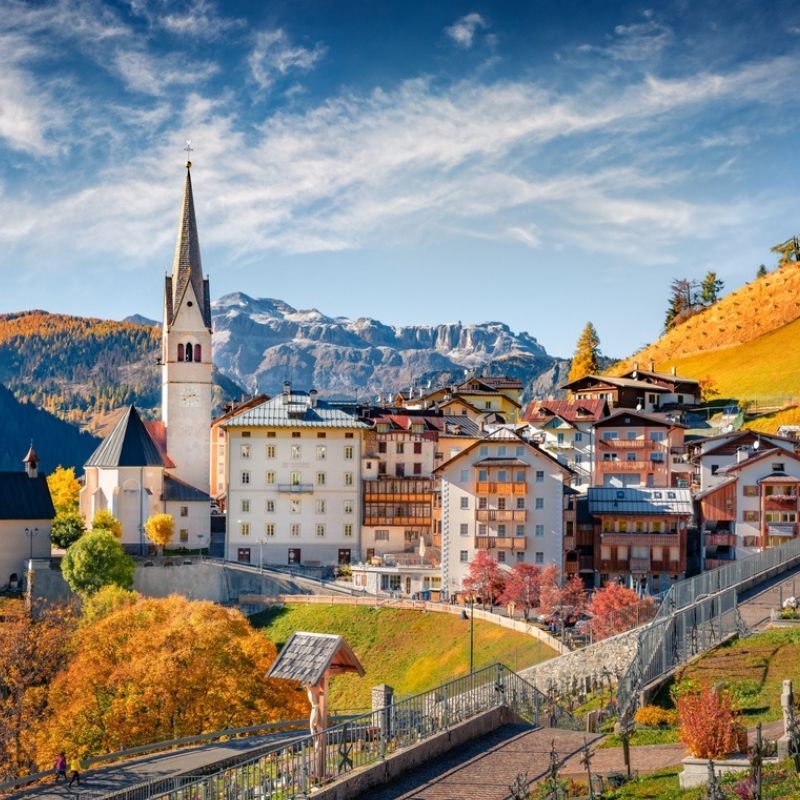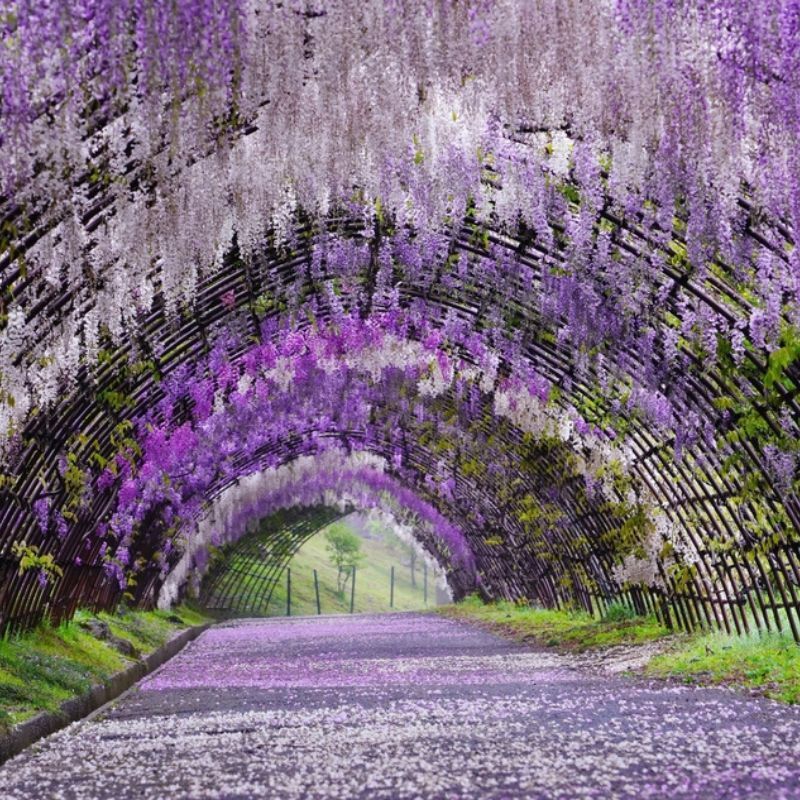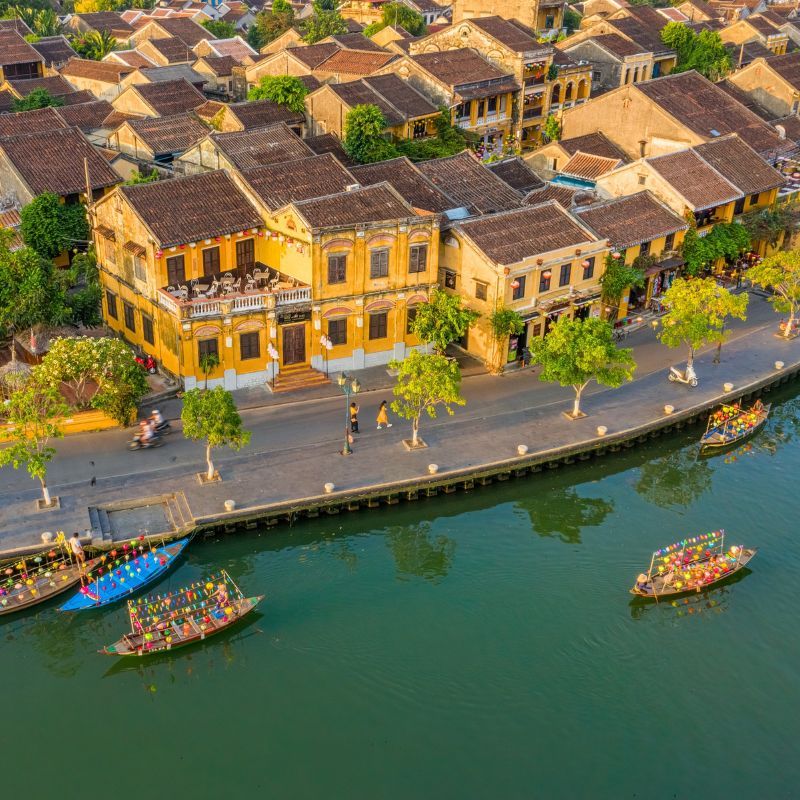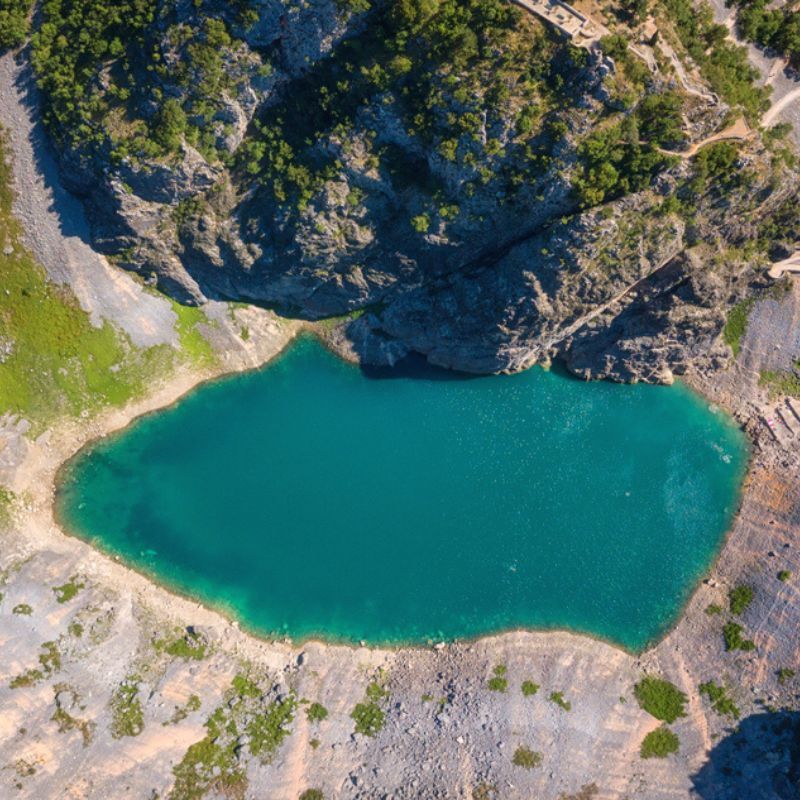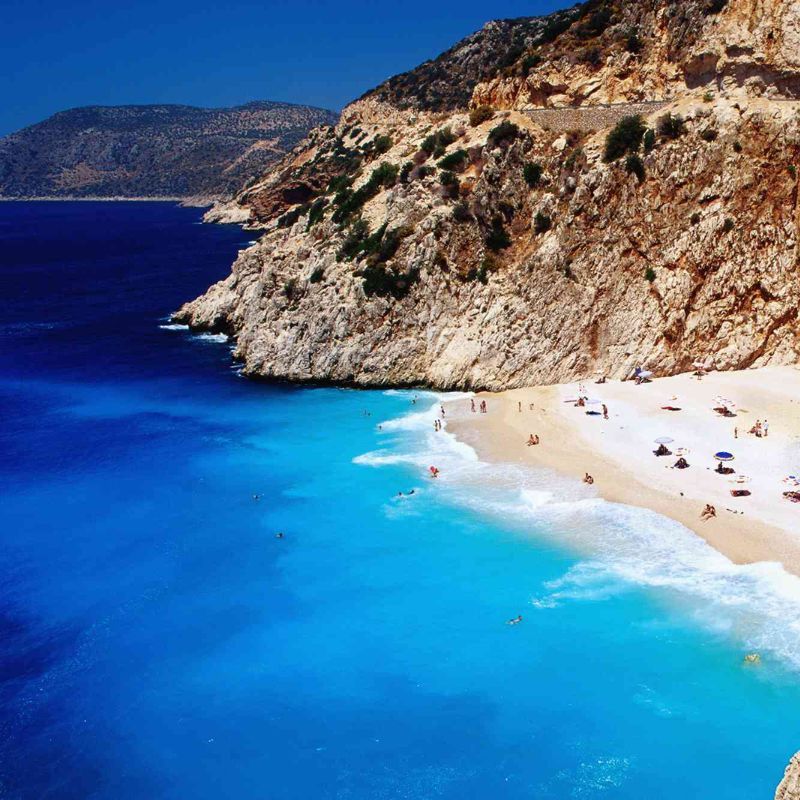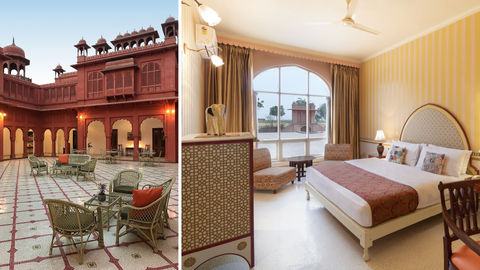
On the outskirts of Bikaner, the regal Hotel Gaj Kesri serves as the perfect base for our writer to experience a potent mix of culture, cuisine, and heritage in the fabled city. By Tanvi Jain

It takes me around 45 minutes to go from the airport to Gaj Kesri, a beautiful hotel tucked in a remote village called Nainon Ka Bas. The moment I land at the property, I realise I am in for a royal treat. I take a tour and glance through the art on display. I am told that it is Usta Art—more specifically, naqqashi and manoti work practised by the legendary Usta artisans of Bikaner. Every corner of the hotel evokes a sense of heritage and tradition. It’s no surprise that Gaj Kesri is part of the Basavan ‘Art’ Hotels.

Next, I head to the hotel’s Polki Restaurant for lunch. It’s true to its promise of vegetarian Marwari cuisine. A delicious meal leads to a sound afternoon nap. In my room, some more motifs stand out—traditionally designed furniture and walls painted with fine detailing lend the space a palatial look and feel.
I wake up to the sound of music. A group of local musicians is playing at the chowk in the hotel. It’s an evening ritual here, I learn. To my surprise, I see tourists from different parts of the world at this remote destination. I sip my evening coffee along with my co-travellers while admiring the hotel’s organic ambience.

As dusk falls, the walls of the hotel light up. Before I know it, I’m relishing a fun cocktail night, where I meet the owner and architect of Gaj Kesri — Sunil Rampuria — who belongs to the sixth generation of the renowned Rampuria family of Bikaner. Over dinner, he talks to me about growing up in Kolkata and later moving to Bikaner to take care of the ancestral haveli built by his forefather, Bhanwarlalji Rampuria, in 1927. Better known as Bhanwar Niwas, the haveli now doubles as a hotel—the second Basavan Art Hotel, which I’d later visit. He further adds that the idea of Gaj Kesri came up in the year 2006. Being an art enthusiast, he decided to take charge of the property’s architecture and decor himself.

Gaj Kesri is every bit a boutique hotel, with 17 standard rooms and 24 superior rooms. Two of the three wings have been named after Sunil Rampuria’s two granddaughters, Mohini and Karni. At the terrace, a huge swimming pool feels like the perfect oasis to beat the scorching heat of the desert region. Days here begin with the chirruping of birds. Even though the clamour starts before my set alarm time, I get out of the bed and follow the birdsong to the garden. A morning stroll amid all the greenery not only soothes my senses but also gives the day the kind of start one would want on a holiday.

All set to explore the city, I first head to the Karni Mata Temple in Deshnoke, around 30 kilometres from Bikaner. Dedicated to Goddess Karni, it is also called the ‘Rat Temple of India’. The rats—around 20,000 in number—amuse and frighten me at the same time. Regarded as mythical beings, they are keenly taken care of by the devotees. I also visit Bhanwar Niwas, one of the seven Rampuria Havelis in Bikaner. It has been a functional hotel since October 1993 and flaunts an Indo-European design style redolent of the 1920s. Much like Gaj Kesri, it is adorned by Usta Art. The artwork for both hotels is made at the warehouse in the haveli. Some more Marwari dishes make this trip a delicious treat. Think moth khakhra, tomato launji, kanji vada, bajri and moth dal khichra, gatta khichdi, onion buttermilk, tamarind water, etc. But the sweet rajbhog tops it all.

Day three begins with a visit to the 16th-century Junagarh Fort. This is also the day when I finally visit Bikaner’s local handicraft market and get my hands on the famous Bikaneri bhujia at a century-old sweet shop called Chhotu Motu Joshi. The eventful day comes to a musical end with a karaoke night at Gaj Kesri.
I am back in Delhi the next afternoon, but not without a souvenir. I bring with me from Bikaner a box of suterfaini—a dessert of threadlike noodles made out of rice flour roasted in ghee, then blended with molten sugar and spun together like cotton candy. It is a popular dish among locals in Bikaner, a place I shall cherish in my memory for a long time. gajkesri.com
Related: The Forts And Palaces Of Bikaner Have Many Forlorn Folktales To Tell





